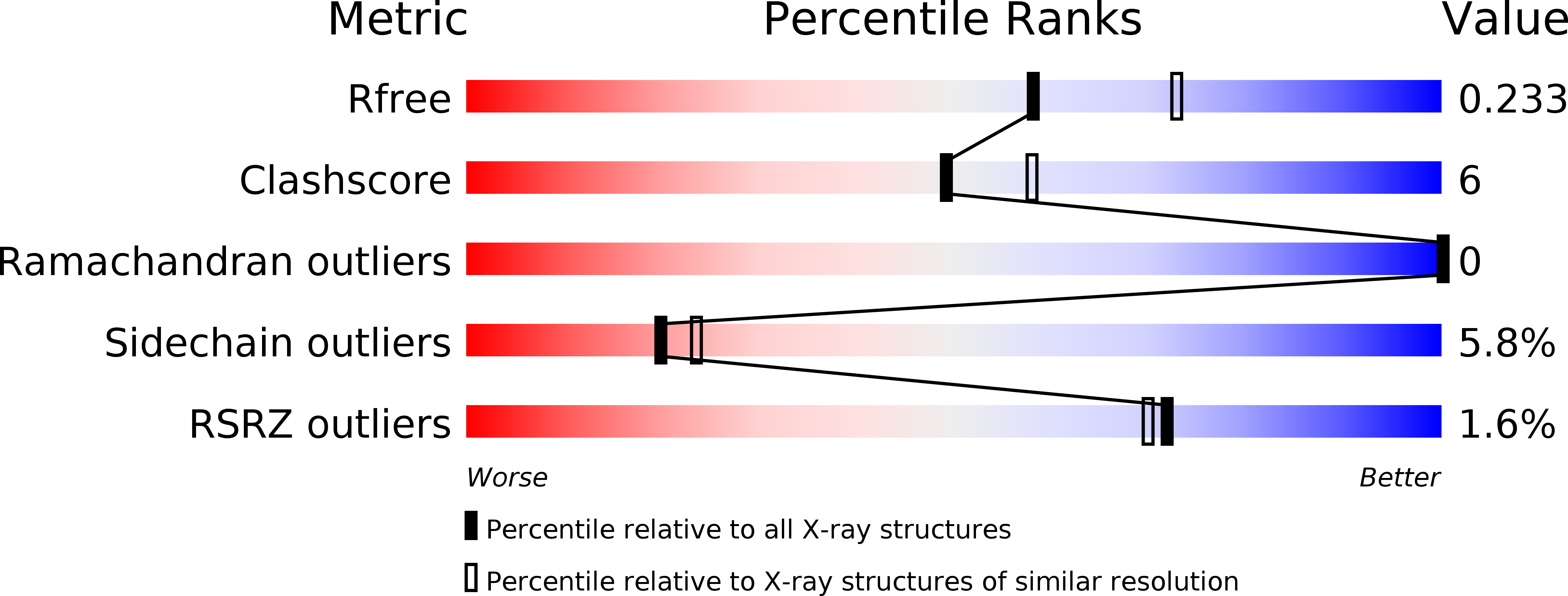
Deposition Date
2002-03-05
Release Date
2002-06-12
Last Version Date
2024-02-14
Method Details:
Experimental Method:
Resolution:
2.20 Å
R-Value Free:
0.24
R-Value Work:
0.19
R-Value Observed:
0.19
Space Group:
P 21 21 21


